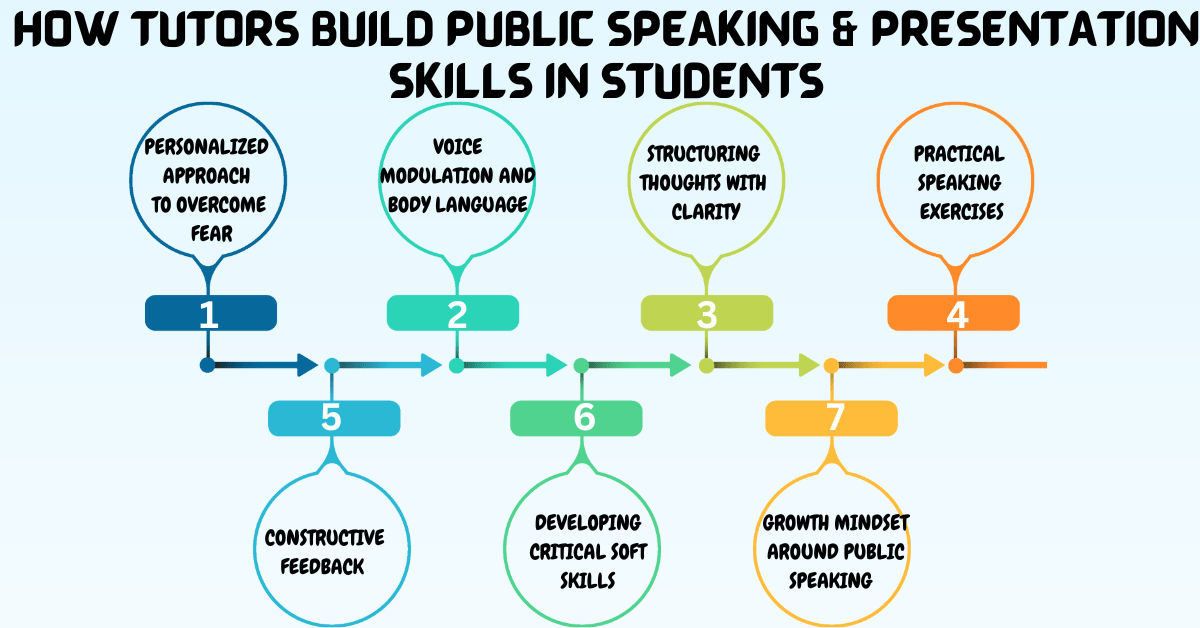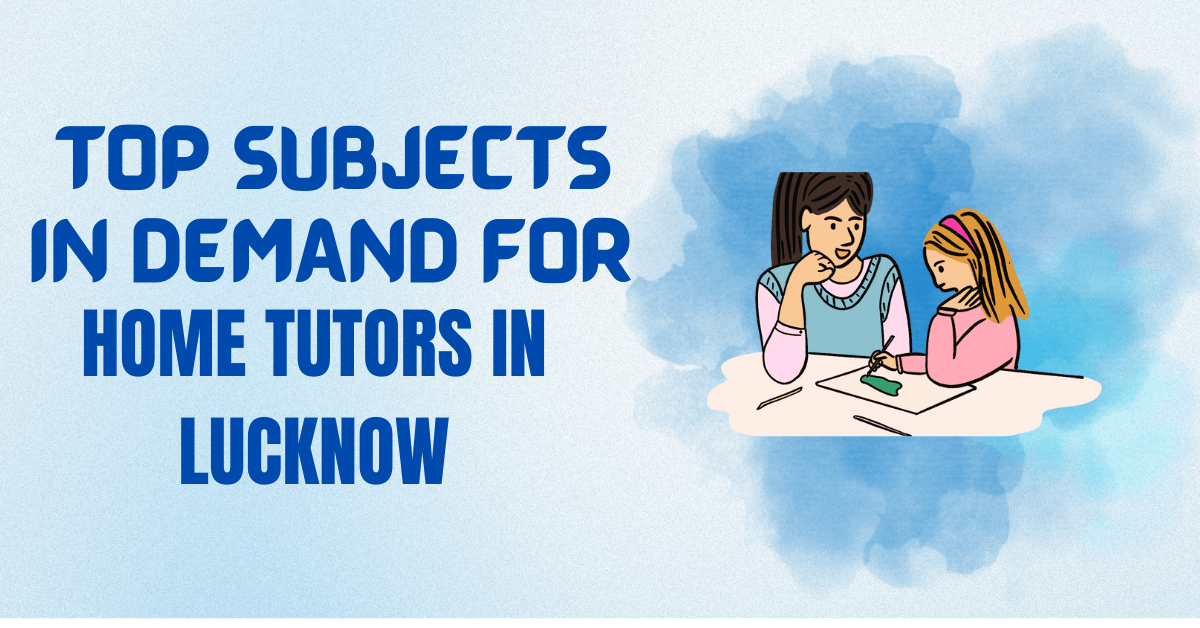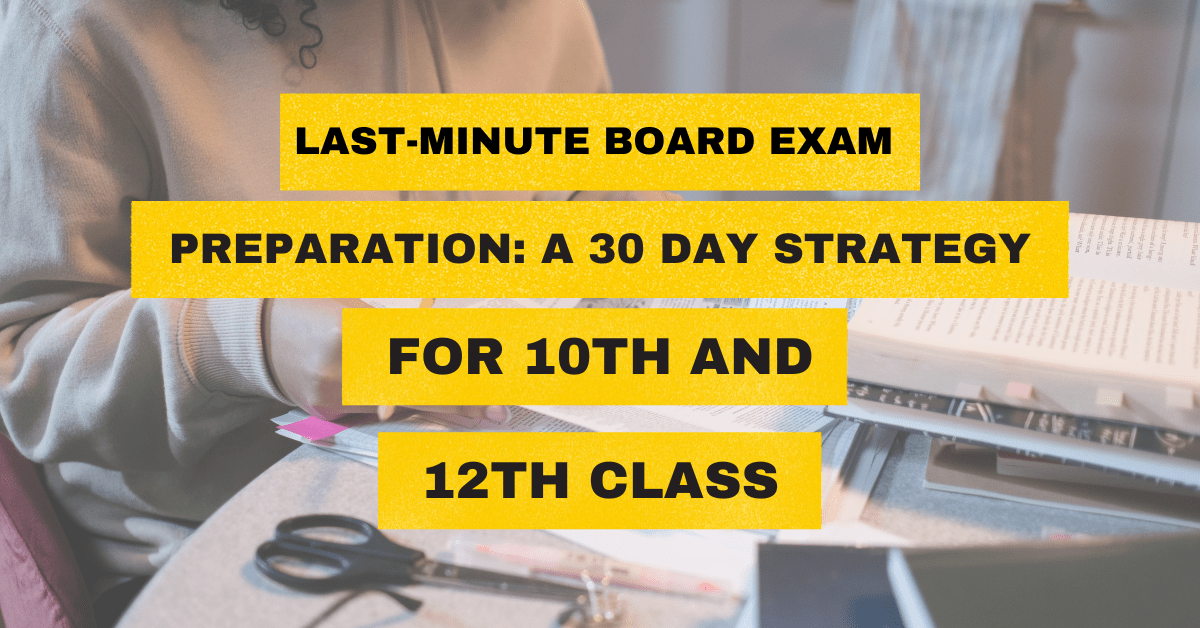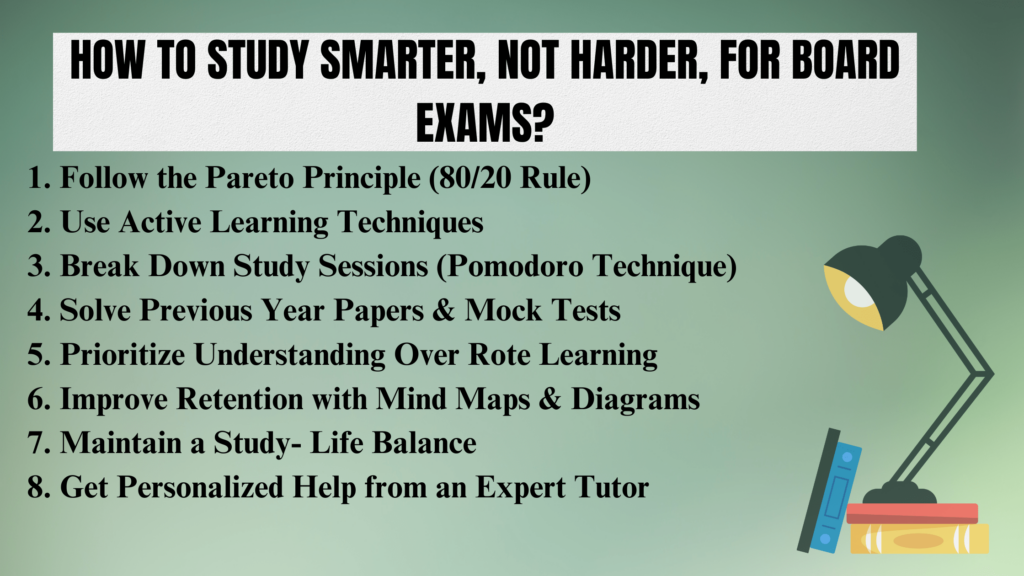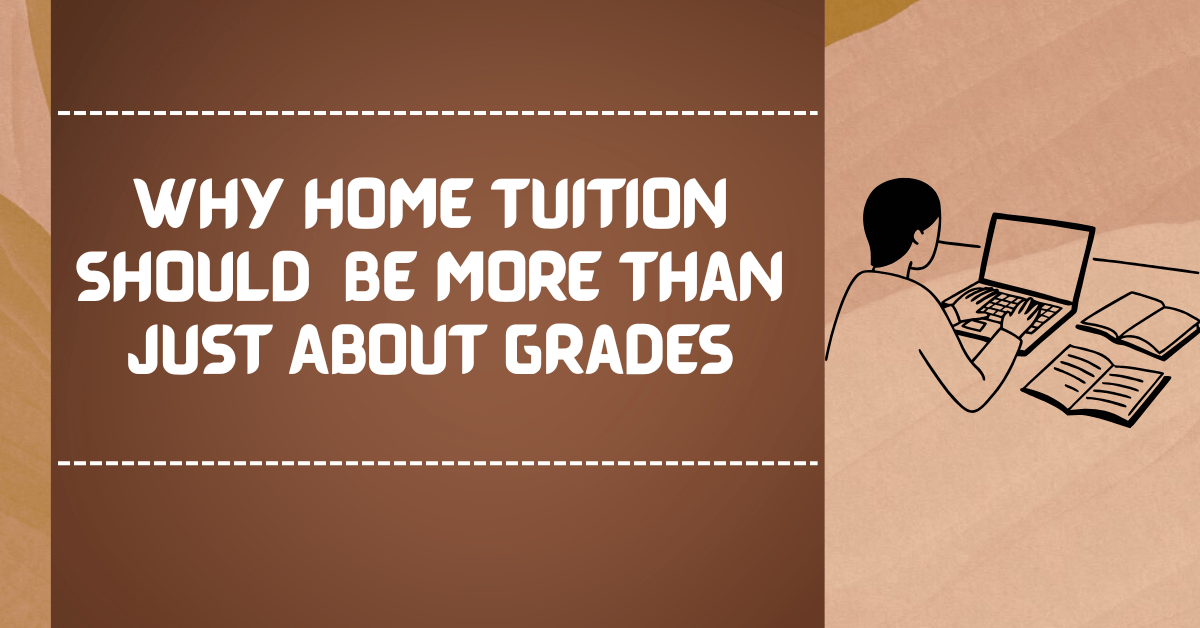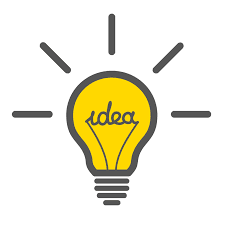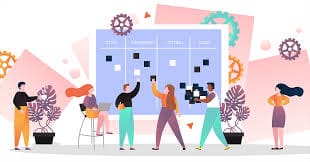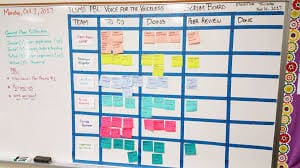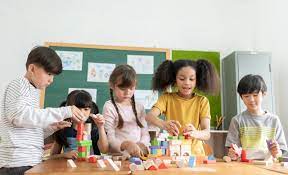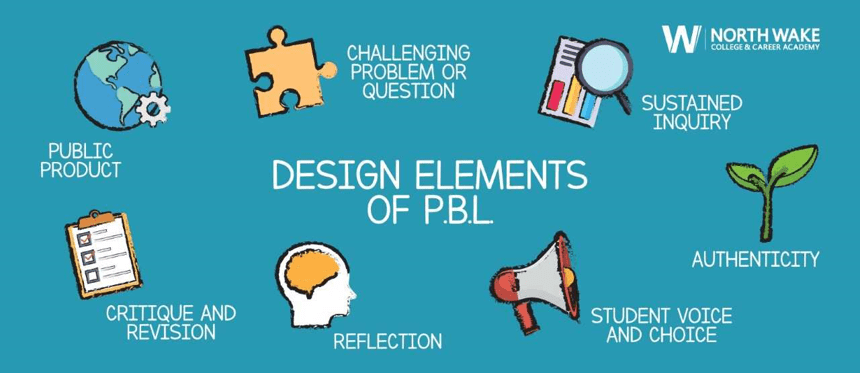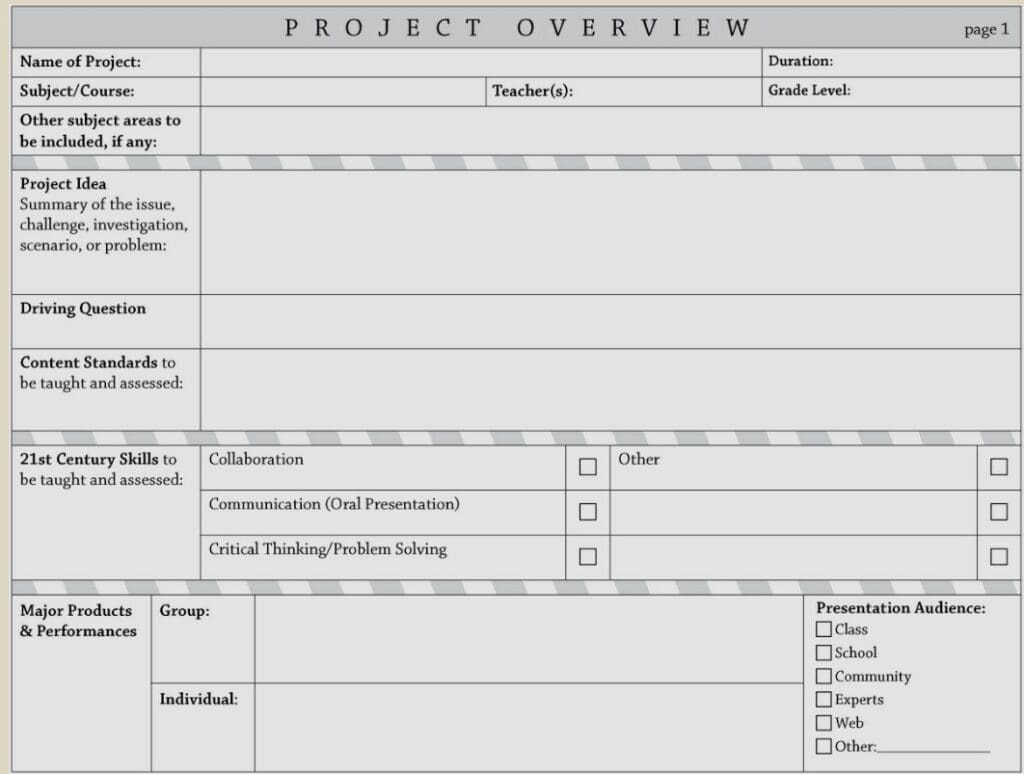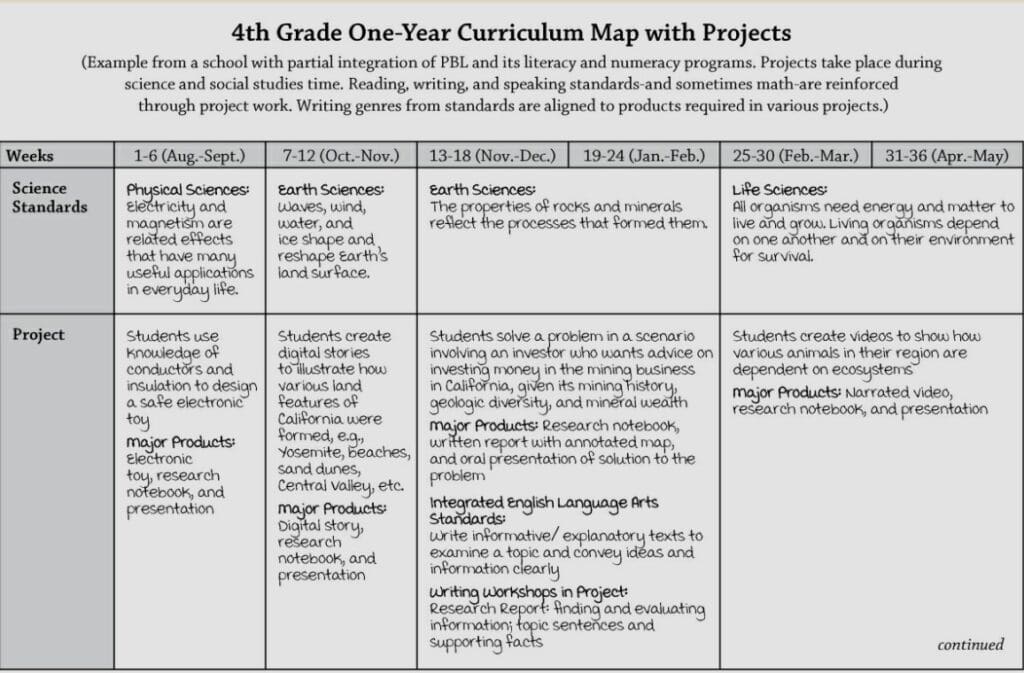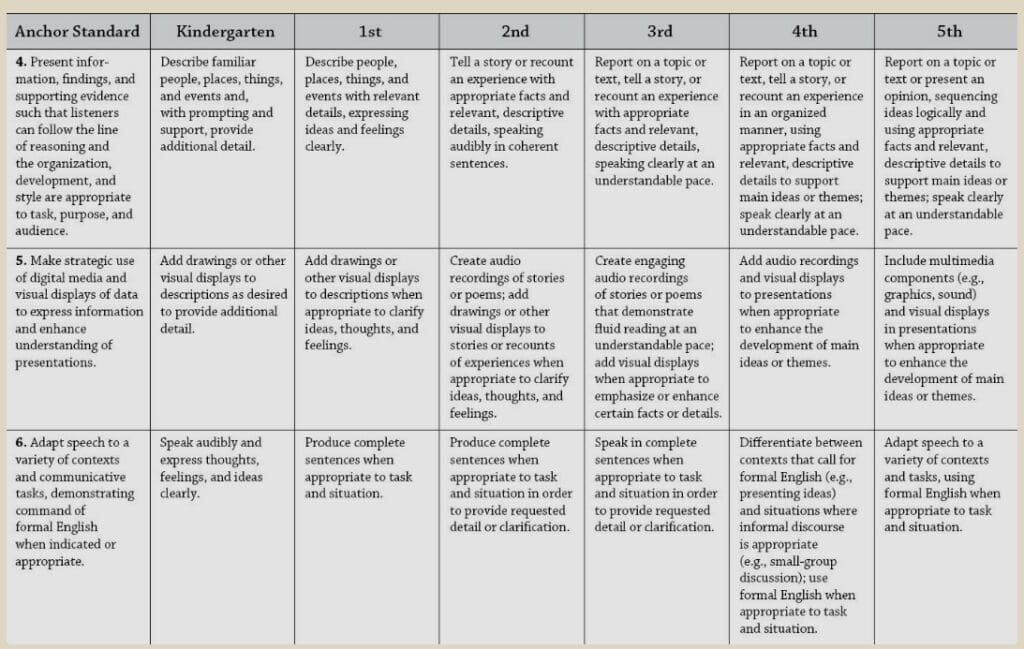Explore Project Idea
To delve into a project concept, it’s important to cultivate your idea by identifying potential starting points, as mentioned in the book PBL in Elementary Grades.
The information for project ideas is from the following in this blog:
- PBL IN THE ELEMENTARY GRADES Step-by-Step Guidance, Tools and Tips for Standards-Focused K-5 Projects book suggests to look at the standards.
- Trevor Muir, author of 5 ways to Engage PBL Project Ideas, suggests 5 tips to developing PBL Project Ideas.
Develop an idea
PBL In Elementary Grades book reminds us of a good project includes significant content and 21st Century Skills features and they are:
- Significant Content. At its core, the project focuses on teaching students’ important knowledge and skills, derived from standards and key concepts at the heart of academic subject areas.
- 21st Century Skills. Students build skills valuable for today’s world, such as critical thinking/problem solving, collaboration, and communication, which are taught and assessed.
- In-depth inquiry. Students are engaged in a rigorous, extended process of asking questions, using resources, and developing answers.
- Driving Question. Project work is focused on an open-ended question that students explore or capture the task they are completing.
- Need to know. Students see the need to gain knowledge, understand concepts, and apply skills in order to answer the Driving Question and create project products, beginning with an Entry Event that generates interest and curiosity.
- Voice and choice. Students can make some choices about the products to be created, how they work, and how they use their time, guided by the teacher, depending on age level and PBL experience.
- Revision and reflection. The project includes processes for students to use feedback to consider additions and changes that lead to high-quality products and think about what and how they are learning.
- Public audience. Students present their work to other people, beyond their classmates and teacher.
Places to Start Explore Project Idea
The book suggests looking at the standards you teach. You want to ask yourself, as you read through your standards documents and curriculum guides, “Which are the more complex standards — the ones where students need to show in-depth understanding or apply what they’re learning?” Those are the best candidates for projects. Here are some examples the book provided:
- Science Standard (K): “Students know objects can be described in terms of the material they are made of and their physical properties (e.g., color, size, shape, weight, texture, flexibility, attraction to magnets, floating, sinking).”
Potential project: To demonstrate the physical properties and characteristics of various materials that everyday objects are made of, kindergarten students create and host interactive displays for the school’s “Science Night” using toys, clothing, and other common objects found in the home.
- Social Studies Standard (1st grade): “The student understands the concepts of goods and services. The student is expected to: identify examples of goods and services in the home, school, and community; identify ways people exchange goods and services.”
Potential project: Students interview their parents and visit various businesses near the school to find out what and how they buy and sell, make a map showing local business locations, then create and operate a “flea market” in their classroom.
- Science Standard (2nd grade): “Describe how animals may use plants, or other animals, for food, shelter and nesting.”
Potential project: Students are placed in the role of scientists in a fictitious scenario in which various plant species in a local ecosystem are threatened by pests and disease, and try to predict the effects on the ecosystem if they disappear from it.
- Math Standard (3rd grade): “Formulate questions that can be addressed with data and collect, organize, and display relevant data to answer them.”
Potential project: Students measure the wind in the field behind their school by designing and building a simple anemometer to answer the question, “Is it windy enough here for a wind turbine to create enough energy to power our classroom?”
- English/Language Arts Standard (4th grade): “Compare and contrast the treatment of similar themes and topics (e.g., opposition of good and evil) and patterns of events (e.g., the quest) in stories, myths, and traditional literature from different cultures.”
Potential project: Students showcase stories from various cultures with written commentary, comparing and contrasting them on the website pages they create.
- Social Studies Standard (5th grade): “Draw upon data to describe the experience of immigrant groups.”
Potential project: Students capture the experience of a child immigrating to America by using information gathered from stories, maps, interviews, and diaries to write and perform a play.
5 Tips Developing PBL Project Ideas
5 Tips Developing Engaging Project idea Video
Trevor Muir, author of 5 ways to Come Up with Engaging PBL Project Ideas, suggests 5 tips to developing PBL Project Ideas. Muir, who is a teacher, author, and speaker, has 10 years of experience with Project Based Learning. As a former teacher myself, I would use his 5 tips for developing PBL project ideas. See below for Muir explanations of the 5 tips:
- Create a List of Problems
- Alter Existing Project Ideas to Fit Your Classroom
- Identify a Theme Within Your Power Standards
- Brainstorm With Other Educators
- Use Your Network to Find Authentic Partners
Create a List of Problems:
One of the best ways to come up with a project idea for a specific unit of instruction is to first ignore that unit of instruction. It can be easier to brainstorm project ideas when the academic standards do not encumber you that must be covered. Instead, create a list of problems that your students could solve in your school and/or community. Be as broad or specific as you want. Consider issues that matter to your students, or you think will be relevant to them once they are introduced to this problem. The list might include items like:
- Neighborhood littering
- Crowded hallways
- Homelessness
- old playground equipment
- lonely elderly
- Kids at Children’s Hospital
- Busy Street needing a crosswalk
Once you have this list, you can then begin to consider how to incorporate them into a set of standards or learning unit.
*As a tip, consider what they are passionate about AND what you are passionate about. I’ve found the most successful projects to address problems everyone can be inspired to solve – including the teacher.
Alter Existing Project Ideas to Fit Your Classroom
There is no need to reinvent the wheel. There are thousands of other educators out there who have led their students through Project Based Learning, and thanks to the internet, many of those ideas are available to anyone who searches for them. Some of the best projects my students have ever completed were ones I altered to fit my classroom.
I once had a unit on World War II, so while brainstorming PBL project ideas I Googled, “WW2 PBL Project.” I found a blog post where a teacher wrote about her students interviewing veterans and writing their life stories. Inspired by this, I had my students do the same. However, because most of my students have cell phones with videos cameras, we filmed our interviews and turned them into documentaries. At the end of the project, the students showcased their work at a local theater.
It became one of the most amazing things I’ve ever been a part of, and it all started with a Google search. There are some great resources online with project ideas to borrow for your classes. Check out PBLWorks’ Project Resource, this list from the site TeachThought, or the number of project ideas I often share in my blog.
Another great place to discover existing project ideas is social media. Post a tweet saying something like, “Has anyone ever done a PBL project about geometric shapes?” or “Have you ever found an engaging way to teach students about invasive species?” On Twitter, you can use hashtags like #PBLCHAT, #ELACHAT, #SSCHAT, or #EDCHAT to widen your reach. It sounds crazy, but asking a bunch of strangers for ideas often works in the education world. Whether it’s in PBL Facebook groups or on Teacher-TikTok, teachers all over the place are willing to share their ideas.
Identify a Theme Within Your Power Standards
Sometimes your content standards will have thematic elements to them that can help you generate project ideas. A theme is a universal takeaway from a learning unit, something bigger than just the subject of what students are learning. If you can identify a theme at the start of project planning, you can begin to think about how students will learn that theme.
For instance, let’s say these were standards you were working with:
Industrialization – Analyze the origins, characteristics, and consequences of industrialization across the world by describing the social and economic impact of industrialization.
Increasing global interconnections between societies, through the emergence and spread of ideas, innovations, and commodities.
After analyzing these standards, you could determine that a theme might be, “Industrialization can have a major impact on people and society.” From there, you can begin to brainstorm how students can learn that theme. Ask questions like: Who is being impacted by industrialization right now? Is it happening in our community? Who could my students serve in this project? What can they create to lessen this impact?
Brainstorm With Other Educators
Once you determine a theme or identify a problem for students to solve, find a group of people to brainstorm with. Of course you can come up with ideas on your own, but the best creativity often happens during collaboration. Share the problem, theme, and set of standards with teacher friends at a staff meeting or during a planning period, and start throwing ideas at the wall.
And when I say throw ideas at the wall, I mean literally. Write down every idea, whether it’s crazy or not, on a whiteboard or sticky notes. Forget about what’s possible or reasonable for the constraints of your classroom, and see what people come up with. After a short time, you will start to see a project idea take shape that is possible. For instance, I had these industrialization standards to brainstorm with my peers. At one point someone said, “This reminds me of a documentary I saw about how refugees from developing nations often struggle to adapt to our industrialized society when they arrive in America.”
After some further brainstorming, I ended up planning a project where students created tools and resources for a social work agency that help incoming refugees assimilate to our city. You can learn more about that epic project here, but I will tell you, there is no way I could have come up with that project on my own.
Use Your Network to Find Authentic Partners
For the past 10 years I have been leading workshops for teachers on how to plan Project Based Learning projects, and at every single one I ask if anyone knows someone who relates to their local zoo. At every workshop for 10 years, at least one person raises their hand and shares a connection they have with someone at the zoo. I then make the point that if you want to plan a project that has something to do with animals, and you’re looking for an authentic audience, all you must do is ask a group of teachers and someone will be able to connect you with the zoo!
The point is, we all have networks. When coming up with PBL project ideas, we need to take advantage of that. Want your students to present to an official in local government? Someone in your circle probably knows someone who your students could create a project for. Would bringing in a pilot enhance a physics unit? I’m guessing you at least know someone who knows a pilot who could work with your class. Reaching out to friends, family, parents, and colleagues asking for help planning for projects is a great way to come up with ideas and up the authenticity in your classroom.
Muir wished there was a magical formula for coming up with strong project ideas. You just do this, this, and this and you now have a project that will make learning more authentic and engaging for students. But the truth is, coming up with project ideas is a creative process. It requires thinking outside the box and collaborating with others. Ideation might mean searching online and using your network. However, when you do this, when you approach project design with a creative lens, you will come up with engaging projects. And when that happens, learning will be deeper, richer, and dynamic for your students.
If you want to dive deeper into Project Based Learning Check Muir’s epicPBL.com where he has free resources, videos, workshop options, and online courses.
Conclusion
Developing an idea to create a project is the beginning of the PBL project planning process. Other things to consider when you plan a project are:
- Deciding on the Scope of the Project
- Focusing the Project on Content Standards and 21st Century Skills
- Deciding What Major Products Will be Created and How They Will be Presented
- Writing a Driving Question
If you are just starting Project Based Learning, I understand it can be overwhelming. I will help you understand PBL as best I can.
Keep Learning
You can review 8 elements of Project Based Learning to refresh your memory on the basics of PBL.
Reference
Hallermann, Sara; Larmer, John; Mergendoller PhD, John. PBL in the Elementary Grades: Step-by-Step Guidance, Tools and Tips for Standards-Focused K-5 Projects. Buck Institute for Education. Kindle Edition.
Keep Learning
Check out my next post on The First PBL Project Modest in Scope Achieve the Best Results.
